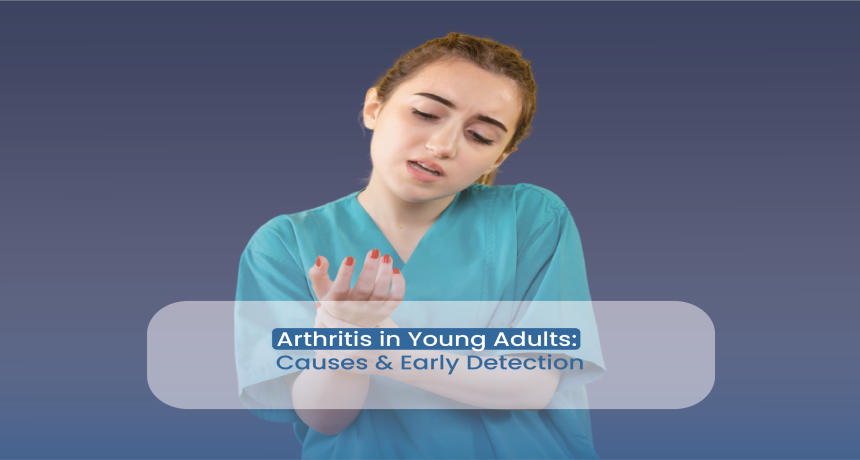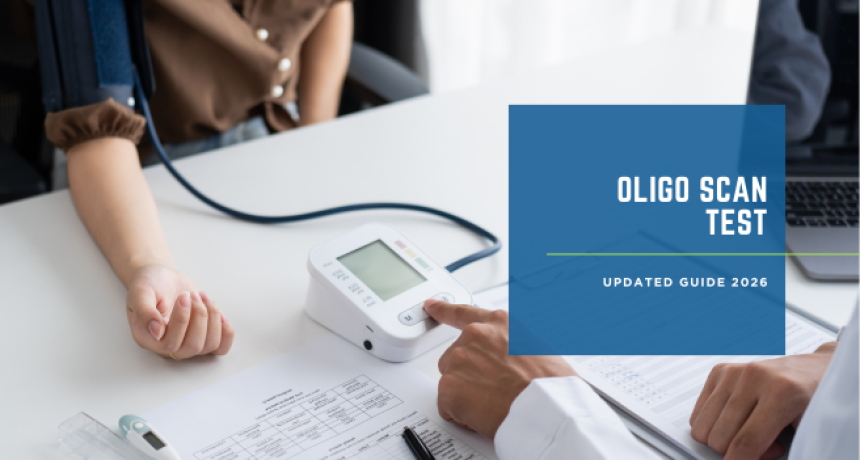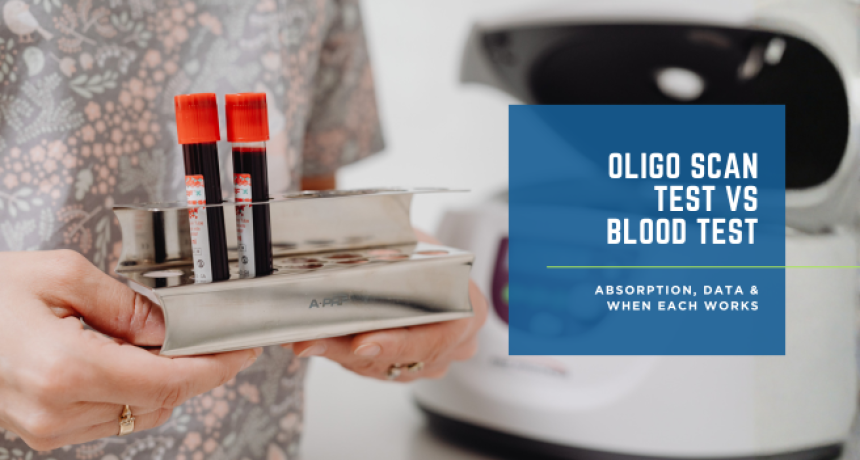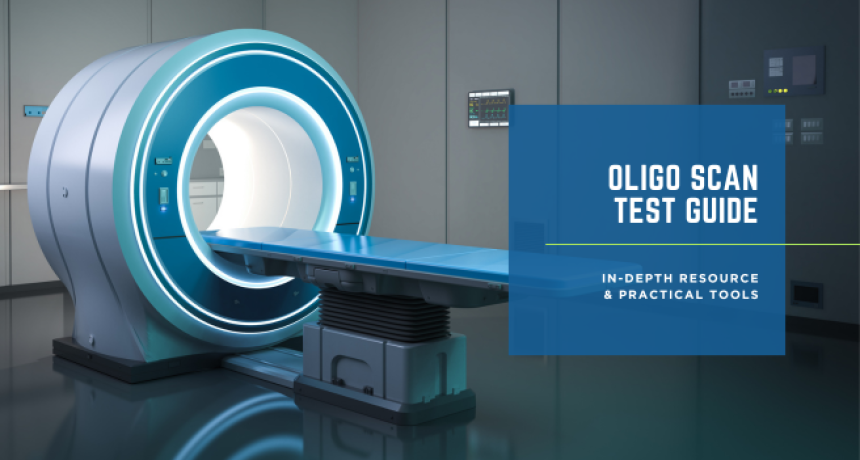Arthritis in Young Adults: Causes & Early Detection
2025-07-11 Arthritis is usually thought of as a disease that mostly affects older people, but that is a myth. More and more, we are seeing people in their 20s, teens, and even children with all forms of arthritis. The unfortunate reality is: arthritis does not care how old you are. Here at L&B Clinics, we are seeing an increased number of cases of joint pain and autoimmune arthritis in patients in their 20s, 30s, and younger. Early diagnosis and treatment can have a life-changing effect. This guide will give you all of the information you need to know the basics, what causes arthritis in young people, how to spot the warning signs early, what types are most common, and how to take charge of your joint health. Arthritis is inflammation of one or more joints, which causes pain, swelling, stiffness, and limited mobility. There are over 100 types of arthritis, from mild to severe. Unattended arthritis can lead to permanent damage and/or disability. While arthritis is often found in older adults, it is also common in much younger individuals. In fact, the CDC reports that 1 in 3 adults under 65 has doctor-diagnosed arthritis, with many others surviving years before getting diagnosed after living with the symptoms. Here are a few primary factors that lead to early arthritis. An autoimmune process associated with arthritis occurs when your body's immune system attacks its joint tissue. Autoimmune arthritis encompasses the following conditions: Rheumatoid arthritis (RA) Juvenile idiopathic arthritis (JIA) Psoriatic arthritis Lupus If you have someone in your special family with an autoimmune disorder or arthritis, this will increase your odds. Genetics alone may not be considered a cause of arthritis; however, genetics may open the door for you to experience the disorder under certain conditions. a). Infections & Immune Triggers There are good evidence-based types of arthritis caused by infections, and there are infectious diseases that may contribute to the development of reactive arthritis, specifically, infectious gastrointestinal conditions and sexually transmitted infections. If you have one of these infections, the immune system may continue to attack itself, even after the infection has been eliminated. b). Physical Trauma or Overuse Joint injuries stemming from sports, accidents, and repetitive motions can lead to post-traumatic arthritis long after the injury. Young athletes and active adults are at the highest risk. c). Lifestyle and Environmental Factors Factors such as smoking, obesity, poor diet, stress, and even pollution can affect inflammation levels in the body. These factors can aggravate autoimmune conditions or worsen symptoms in an individual who is genetically predisposed to arthritis. Here are some of the types of arthritis that can occur in patients under 40. The most prevalent type of inflammatory arthritis in children under 16 is. An autoimmune condition that may involve one joint or many. Symptoms: swollen joints, limping, fever, rashes, fatigue If untreated, JIA may affect future growth and development. May develop in your 20s, 30s, or 40s The immune system attacks the lining of the joints and produces chronic pain, swelling, and disability. Often starts in the fingers, wrists, and feet. Symptoms: joint stiffness first thing in the morning, fatigue, and weight loss. Occurs in people who have psoriasis (a skin condition) Affects the joints and the areas where the tendons attach to the bone. Symptoms: joint swelling, pitting of the nails, back pain, and foot pain. Caused by infection (recent infection, often gut or urinary tract/urogenital infections Typically affects the knees, ankles, and feet. It may also cause conjunctivitis (red eyes) or changes in urination. May cause some arthritis-like joint pain, along with fatigue, rash, and/or other organ involvement. Most often seen in women ages 15-44. Symptoms: joint pains, skin rash (especially "butterfly rash" on the cheeks), chest pain, and kidney issues. When you’re in motion or under stress, it can be easy to rationalize your joint pain as “normal.” However, if your symptoms are more recurrent or chronic, they may signify a larger problem. Early warning signs of arthritis: Stiffness in the morning that lasts more than 30-60 minutes Pain and/or swelling in the same joint, day after day Warmth, redness, or tenderness in the joints Clicking or grinding sounds in the joints Persistent fatigue or lack of energy Difficulty with activities of daily living (opening a jar, climbing stairs) Fever or unexplained weight loss (may be indicative of an autoimmune flare) L&B Tip: Don’t sit idly by for months to see if it goes “away.” If pain remains beyond a few weeks, especially in conjunction with any other Symptoms, get it evaluated sooner rather than later. At L&B Clinics, our arthritis screening starts with a thorough evaluation: ESR & CRP – inflammation levels Rheumatoid factor (RF) or Anti-CCP – markers for RA ANA (Antinuclear antibody) – suggests autoimmune activity HLA-B27 – genetic marker associated with some autoimmune types X-rays – show bone damage or joint space narrowing. Ultrasound or MRI – better for early inflammation detection We’ll assess joint mobility, swelling, range of motion, and check for symmetry (RA, for example, usually affects both sides of the body). There is no cure right now, but it is possible to treat arthritis effectively with the right treatment plan. Treatments Can Include: NSAIDs (ibuprofen, naproxen) to decrease inflammation DMARDs (methotrexate, sulfasalazine) to delay disease progression Biologics (etanercept, adalimumab) for immune-targeted therapy Steroids (short-term during flares) Pain Management (physio, acupuncture, hot/cold treatment) Keeping to a healthy lifestyle can be a key factor in decreasing pains and flares. Here are our recommendations: Move Daily (Even if the movement is gentle) Low-impact exercise such as walking, swimming, cycling, or yoga can help keep joints mobile and muscles strong. Eat an Anti-Inflammatory Diet Put an emphasis on whole foods, including leafy greens, berries, salmon, olive oil, and turmeric. Limit processed foods, sugar, and don’t eat too much red meat. Get Rest Fatigue is common. Listen to your body; if it feels tired, rest! Maintain Your Mental Wellness With Chronic Pain, we have a higher likelihood of anxiety and depression. Consider ways to address your mental wellness, counseling, support groups, or practicing mindfulness. Track Your Symptoms Consider using an app, or tracking on paper (A journal), track your pain levels, any triggers that result in pain, diet, and activity. Tracking your condition can provide your physician with the necessary information to make changes or adjustments, or just keep track of flares. Contact a healthcare provider at L&B Clinics if you have: Persistent joint pain or stiffness lasting for more than 2–3 weeks Pain that is affecting your work, school, or activity levels Swelling, redness, or warmth in any joint Unexplained fatigue, weight loss, or fever The earlier you receive a diagnosis, the better your long-term outlook. Early treatment can potentially slow or stop joint damage, reduce flares, and improve your quality of life. Arthritis is a lifelong condition, but it doesn't have to limit your future with the right care and support. Whether you are 15 or 35 years old, now is not the time to ignore or downplay the management of your joint pain. At L&B Clinics, we guide you through the symptoms-to-solutions process with compassion, knowledge, and a unique plan that works for your lifestyle, offering the best arthritis treatment in Delhi.What Is Arthritis?
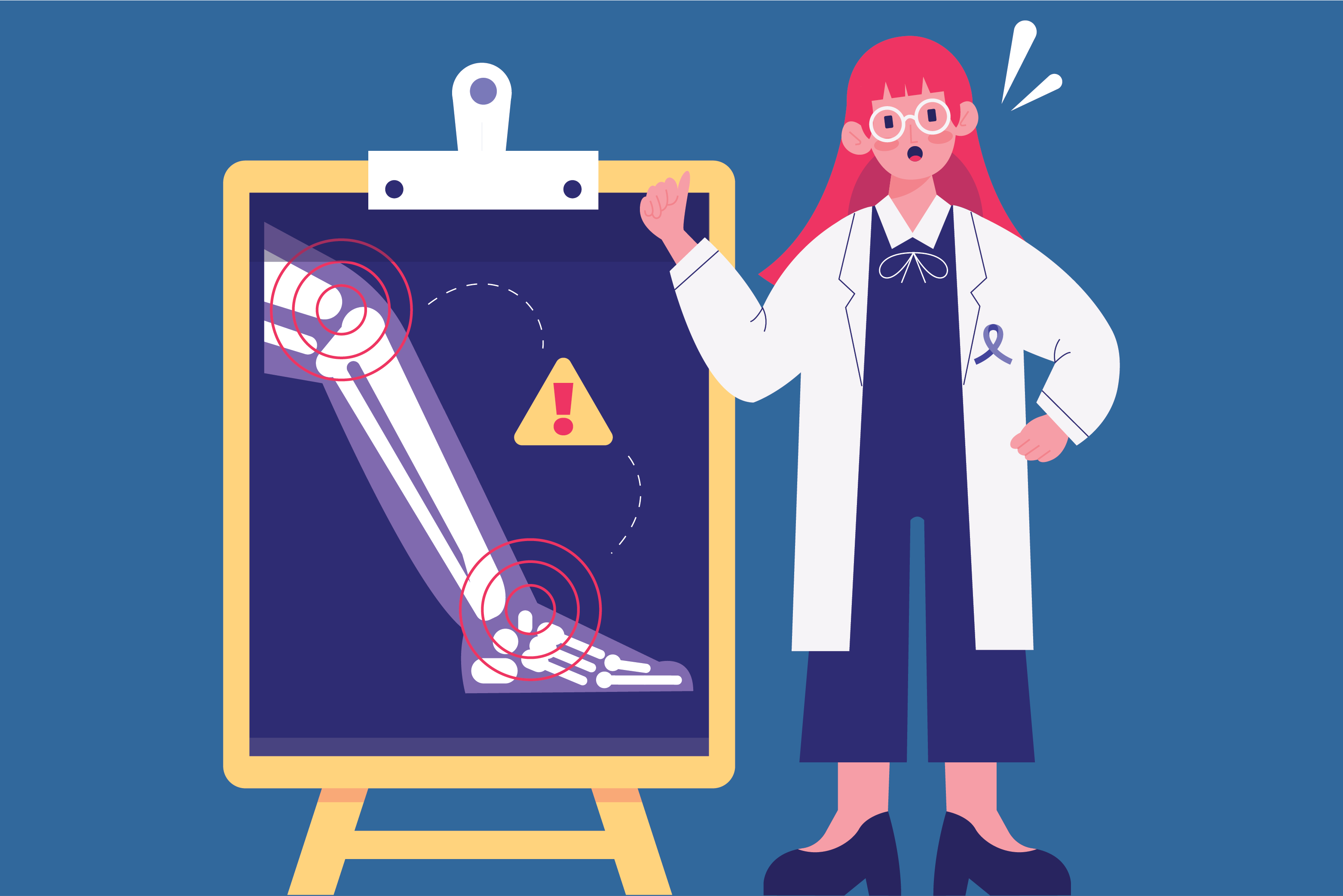
Why Does Arthritis Happen in Young Adults?

1. Autoimmune Dysfunction
2. Genetic Factors
Common Types of Arthritis in Young People
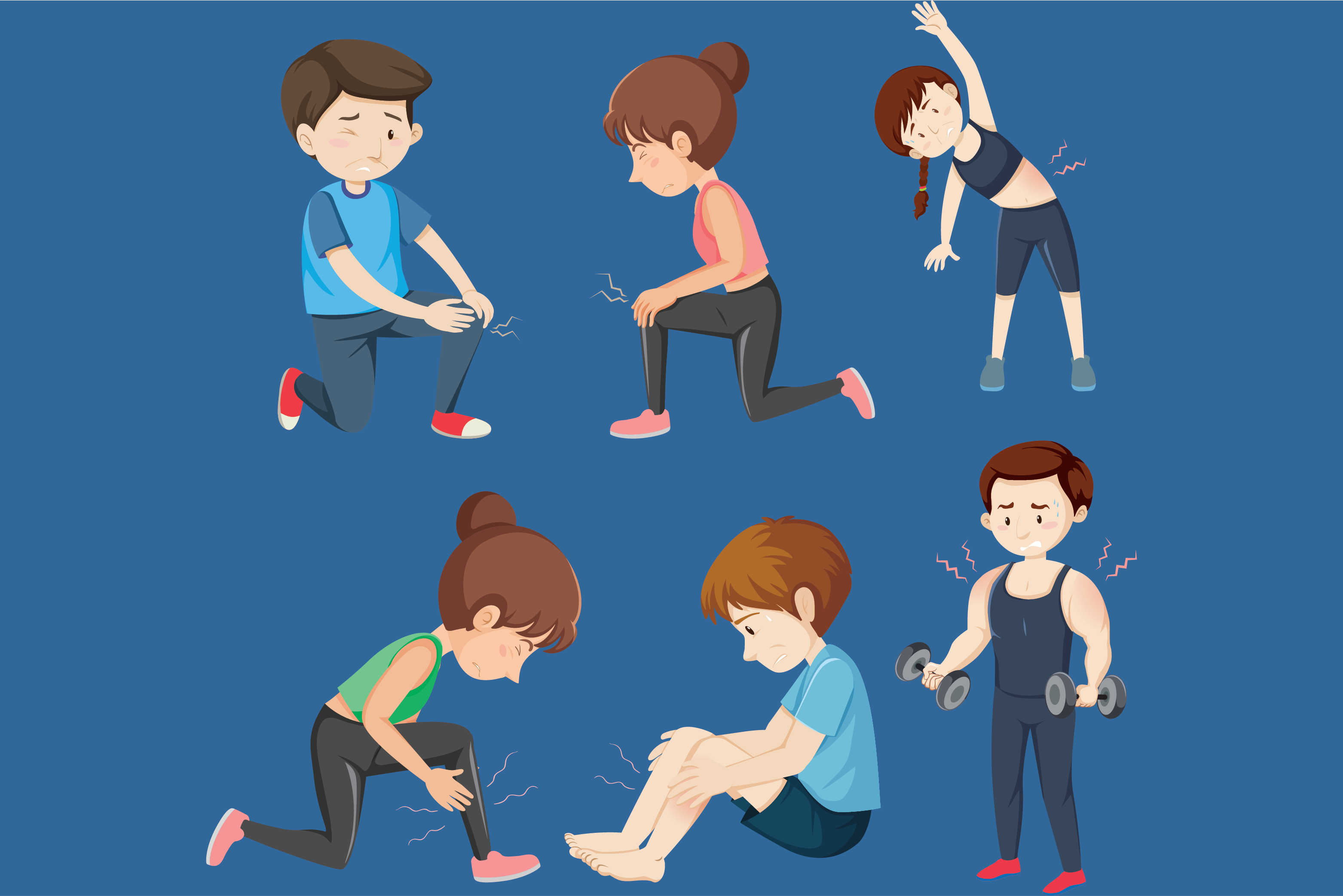
1. Juvenile Idiopathic Arthritis (JIA)
2. Rheumatoid Arthritis (RA)
3. Psoriatic Arthritis
4. Reactive Arthritis
5. Lupus (SLE)
Symptoms You Shouldn’t Ignore

Diagnosis: What to Expect
Blood Tests
Imaging Tests
Physical Examination
Managing Arthritis in Your 20s or 30s
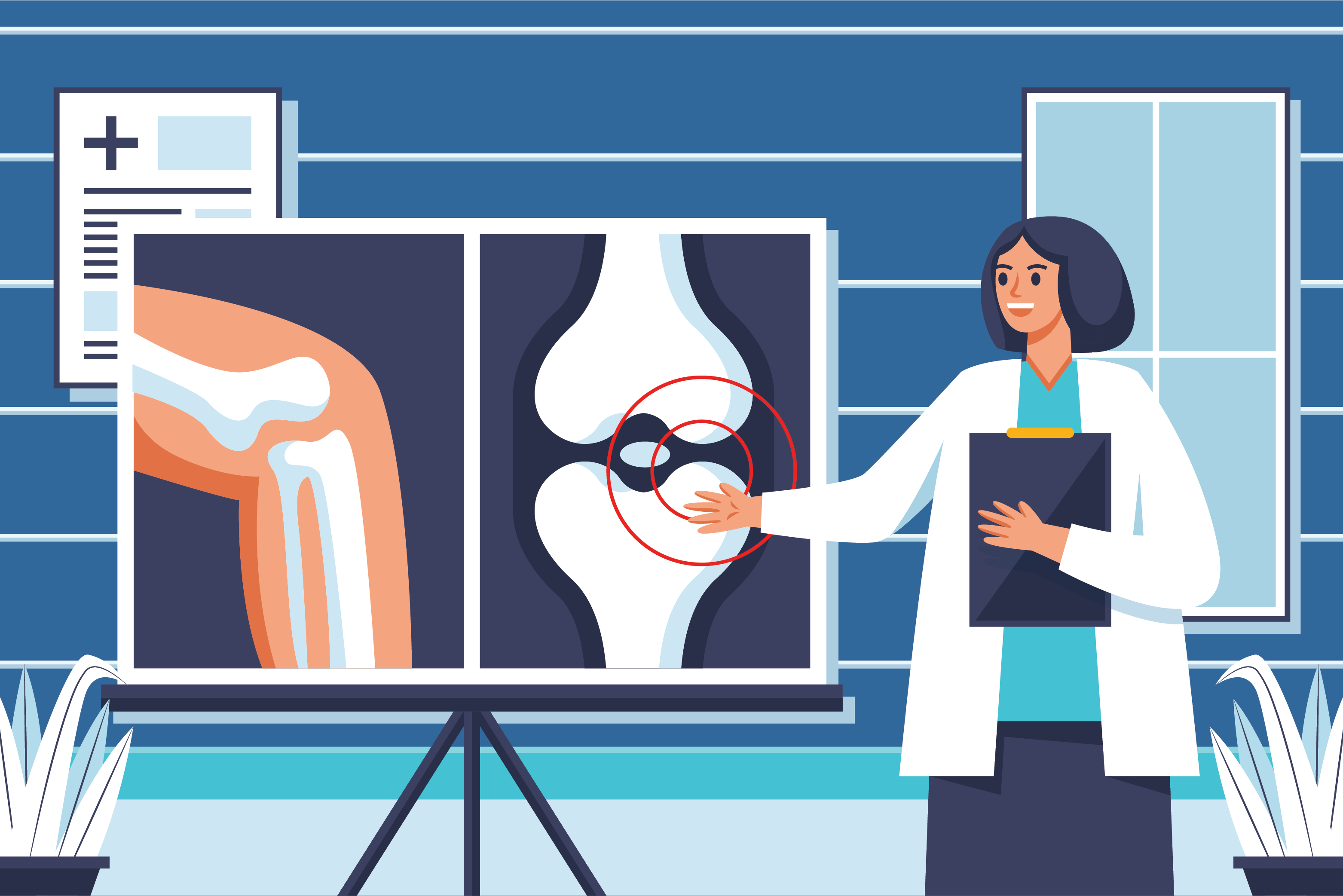
Lifestyle Tips for Young Adults Living with Arthritis
When to See a Doctor
Conclusion:
.png)
